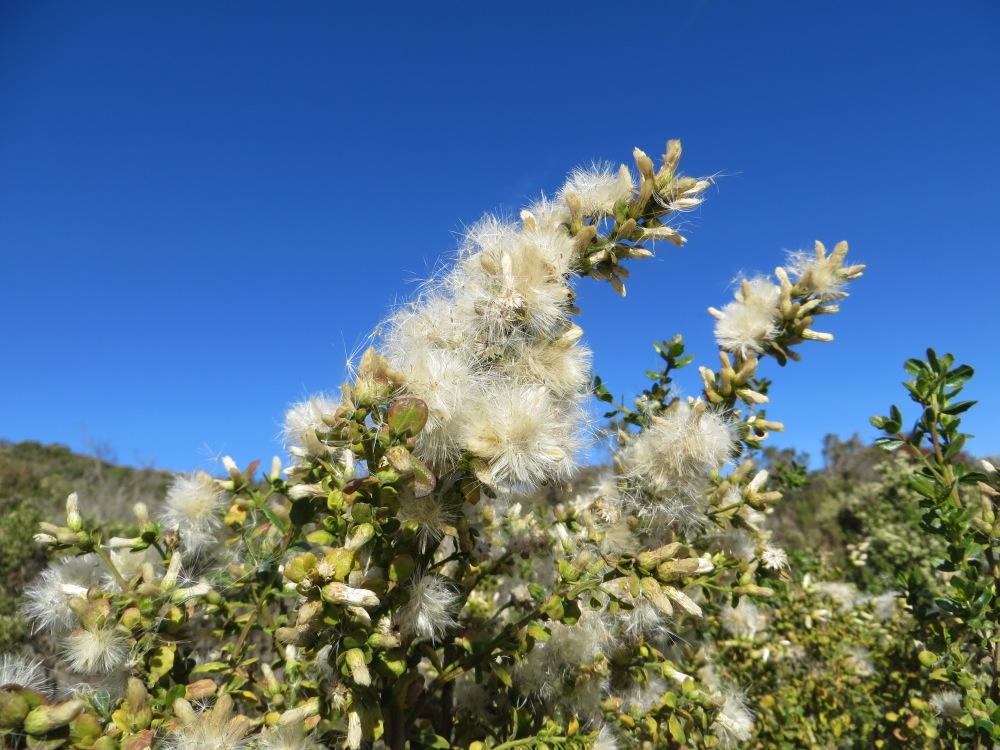

Climate data used in creation of plant range maps is from PRISM Climate Group, Oregon State University, using 30 year (1981-2010) annual "normals" at an 800 meter spatial resolution.
#Coyote mint seeds manual
Other general sources of information include Calflora, CNPS Manual of Vegetation Online, Jepson Flora Project, Las Pilitas, Theodore Payne, Tree of Life, The Xerces Society, and information provided by CNPS volunteer editors, with special thanks to Don Rideout. They are topped by a profusion of small, bright lavender or pink flowers in dense spherical flower heads from late spring to late summer. Sources of plant photos include CalPhotos, Wikimedia Commons, and independent plant photographers who have agreed to share their images with Calscape. Noted for its pleasant mint scent, Monardella villosa (Coyote Mint) is a small perennial or sub-shrub forming a bushy mound of oval-shaped, soft, lightly fuzzy, grayish-green leaves.

Propogation from seed information provided by the Santa Barbara Botanical Garden from "Seed Propagation of Native California Plants" by Dara E. Coyote mint (Monardella odoratissima) seed packets contain approximately 200 seeds per packet. The five-lobed purple flowers are 1 to 2 centimeters long. The inflorescence is a head of several flowers blooming in a cup of leaflike bracts 1 to 3 centimeters wide. Plant observation data provided by the participants of the California Consortia of Herbaria, Sunset information provided by Jepson Flora Project. Monardella sheltonii is a rhizomatous perennial herb producing an erect stem lined with pairs of oppositely arranged lance-shaped leaves. All text shown in the "About" section of these pages is available under the Creative Commons Attribution-ShareAlike License.

To leave comments or to rate a plant you must be registered.Sources include: Wikipedia. We also would appreciate seeing any photos and Please share your thoughts with us about this plant. Leave us a comment, your rating and/or your favorite picture Make sure to protect it from afternoon sun. It speeds up the process, and helps to ensure your cuttings will grow a thick, healthy root system. This Monardella is native to the California coast ranges. Step 1: Cover the cutting stem in rooting hormone If you’ve never used it before, rooting hormone makes propagating cuttings in soil much easier. Monardella macrantha “Marian Sampson’ takes a bit more water than other natives and needs excellent drainage. THE CLAYTON FARM Eat Clean and Green, Embrace Nature Home Coyote Mint, Monardella villosa, is a two-foot-high perennial with gray-green leaves and light purple clusters of flowers in summer. Native to Monterey Co and San Diego Co to Baja. 1Gal Container (Up to 0) A perennial to 1 tall and 2 across. It is considered to be short-lived and may only last a couple of seasons, but its bright impact makes up for its shorter life. Native Plants > Monardella macrantha Monardella macrantha red monardella, hummingbird monardella and Hummingbird Coyote Mint. Blooming continually from late spring through summer, it is guaranteed to attract hummingbirds and makes a showy surprise in a container or tucked into a shady rock garden. ‘Marian Sampson’ is a selection from Ed Sampson of Mourning Clock Ranch in Tehachapi. Growing 3-6 inches tall and 8 to 12 inches wide, this dazzling selection of Scarlet Coyote Mint forms petite loose cushions of dark green leaves and starburst clusters of firecracker red tubular flowers.


 0 kommentar(er)
0 kommentar(er)
